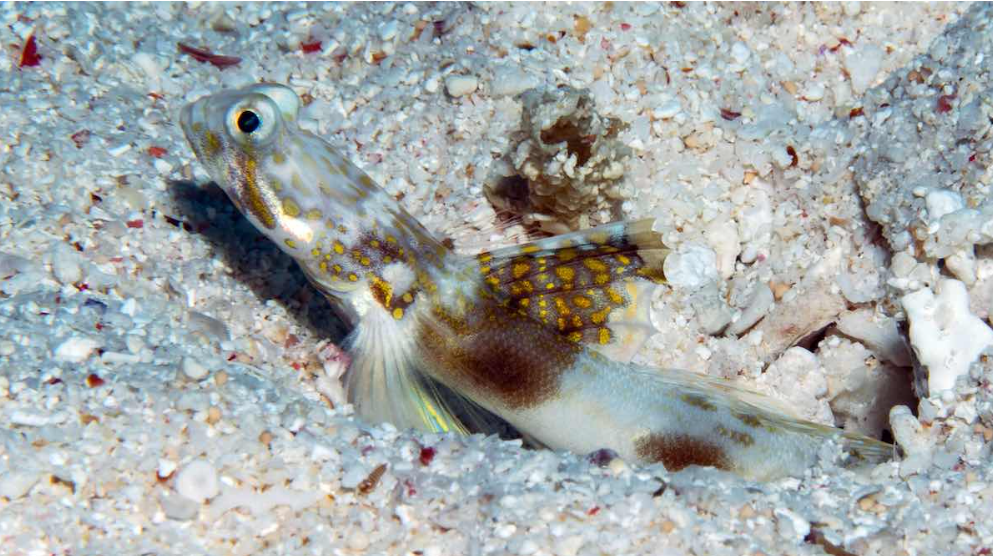
1. New Goby Species Identified
A tiny white fish with large brown spots is the Great Barrier Reef’s newest kid on the block. Australian and New Zealand researchers are celebrating the discovery of the juvenile measuring 3 – 5 cm, dubbed the Lady Elliot Shrimp Goby (Tomiyamichthys elliotensis), as the first new fish discovery on the Reef since 2019.
The species was identified as part of a University of Sunshine Coast-led Leaf to Reef project mapping biodiversity around Lady Elliot Island and is described in the Journal of the Ocean Science Foundation. The fish, which sports a large sail-like dorsal fin with yellow-orange bands, was first spotted in a sand burrow it shares with a pair of alpheid snapping shrimps. The fish was found living on flat sandy bottoms at around 15 – 24m deep, exposed to strong tidal currents.
Thank you for your generous gift that will help us continue the production of this weekly, free publication

2. Dominican Republic Seeks Conservation of 30% of Its Land and Sea Surface
The Dominican Republic has launched the “Dominican Republic 30×30” strategy, aimed at conserving 30% of the country’s land and maritime surface as protected areas and protection mechanisms. This initiative aligns with the global goal set during the United Nations Conference on Biodiversity (COP15) to protect 30% of the planet’s surface. The Vice Minister of Protected Areas and Biodiversity emphasized the importance of this initiative for preserving the country’s natural heritage, especially its protected areas.
The objectives of the strategy include strengthening the management of protected areas, promoting sustainable practices in fishing and agriculture, enhancing access to financial instruments, fostering sustainable tourism, and generating effective governance and regulatory mechanisms. Regarding marine conservation, there are challenges, as only around 11% of the marine surface is protected. Efforts are underway to double the marine protected surface to safeguard vital ocean areas.
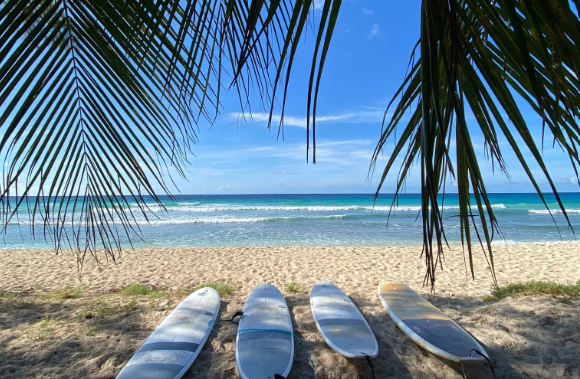
3. Barbados Eyeing ‘Debt-for-Climate’ Swap Early Next Year
Barbados is hoping to execute a “debt-for-climate” swap early next year to secure savings of around $300 million over a 15-year period to fund clean water supplies, the island state’s finance minister said. At their simplest, debt-for-nature swaps see a country’s debt bought up by a bank or specialist investor and replaced with cheaper loans, usually with a development finance “credit guarantee” or “risk insurance” helping bring the cost down.
The savings are meant to fund conservation – or a climate-related purpose, in Barbados’ latest planned deal. The savings from the island’s mooted “debt-for-climate” swap will be used to upgrade a water treatment plant to help better manage water resources and improve food security. A debt-for-climate swap would be an almost completely new concept, though, and one that other climate change-vulnerable countries are likely to want to explore.

4. SDGs Through the Lens of Coastal Settlements
The formulation of Sustainable Development Goals (SDGs) was a major outcome of the United Nations Rio+20 Conference on Sustainable Development in 2012. As a follow-up of the Rio+20 decisions, a framework of 17 SDGs was promulgated in 2015 with a timeline of 2030 for its accomplishment for which the global community, including Pakistan, supported in addressing the common challenges to mankind by devising appropriate response strategies.
Although Pakistan has established SDG secretariats at the federal and provincial levels, clarity still lacks on the subject in the maritime context. There is a misconception that only SDG-14 is applicable to the maritime domain. If we examine the application of SDGs in a maritime context, we can see that almost all SDGs are applicable in different segments from marine to coastal areas. The lack of understanding about it may be due to the prevalent sea blindness.
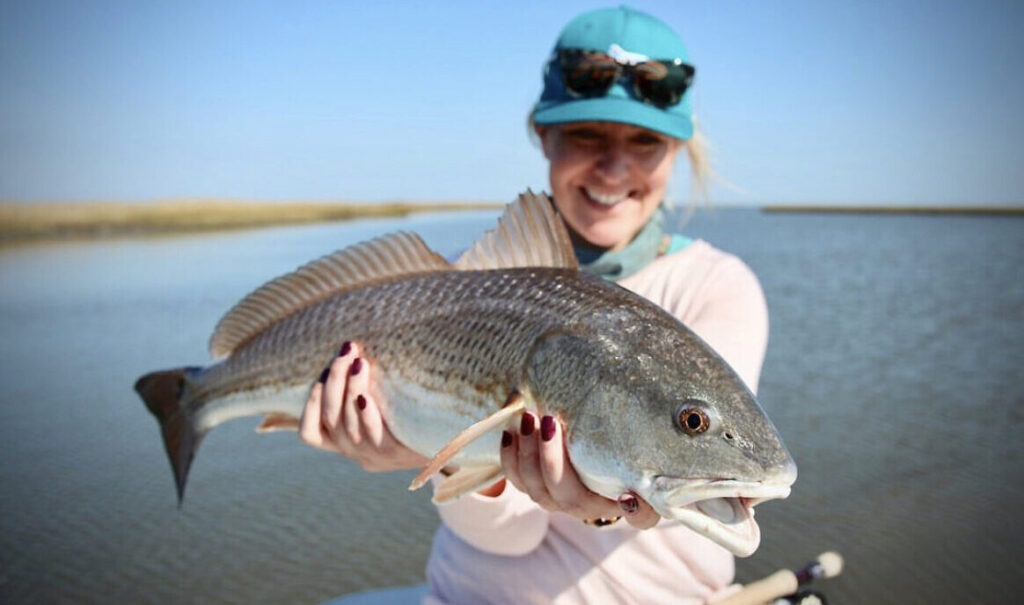
5. Louisiana Issues Proposed Regulations to Protect Redfish, Conserve Habitat From Industrial Menhaden Fishery
Louisiana’s redfish – and anglers seeking them – may no longer be competing with the Gulf’s industrial menhaden fishery in nearshore areas, thanks to a Notice of Intent (NOI) adopted by the Louisiana Wildlife and Fisheries Commission on October 5.
Acting in response to a series of net spills by two industrial pogie boat operators in September near Holly and Rutherford beaches, which resulted in an estimated 850,000 menhaden and hundreds of redfish killed, the commission issued an NOI establishing a minimum 1-mile coastwide buffer for the fishery in the state, with a 3-mile buffer required between Holly and Rutherford beaches.
The buffer would widen an existing quarter-mile-wide area that is off-limits to industrial pogie boats, which was established this season. The NOI also details more stringent penalties and reporting requirements for future net spills.
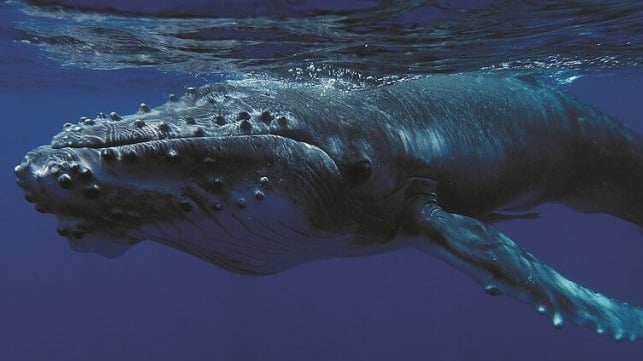
6. Marine “Biomimetics” Could Be the Blue Economy’s Next Big Hit
Marine biomimetics could generate significant revenue through novel products, designs, and patents, and by reducing maintenance and materials costs in several industries. One significant area is shipping, which spends US$30 billion a year dealing with the added fuel and cleaning costs of biofouling by barnacles and other creatures. Biomimetic antifoulants, such as sharkskin-inspired coatings, could offset this expense, while also supplying the marine coatings industry that is worth nearly $15 billion.
According to research, biomimetics could add billions to the tissue-engineering industry, which generated sales of $9 billion in 2017, with corals and sponges becoming increasingly important ingredients. Underwater robotics, meanwhile, is projected to reach almost $7 billion by 2025. And, in 2010, researchers estimated that cancer drugs derived from yet-to-be-discovered compounds in marine organisms could be worth between $0.5 trillion and $5.7 trillion.
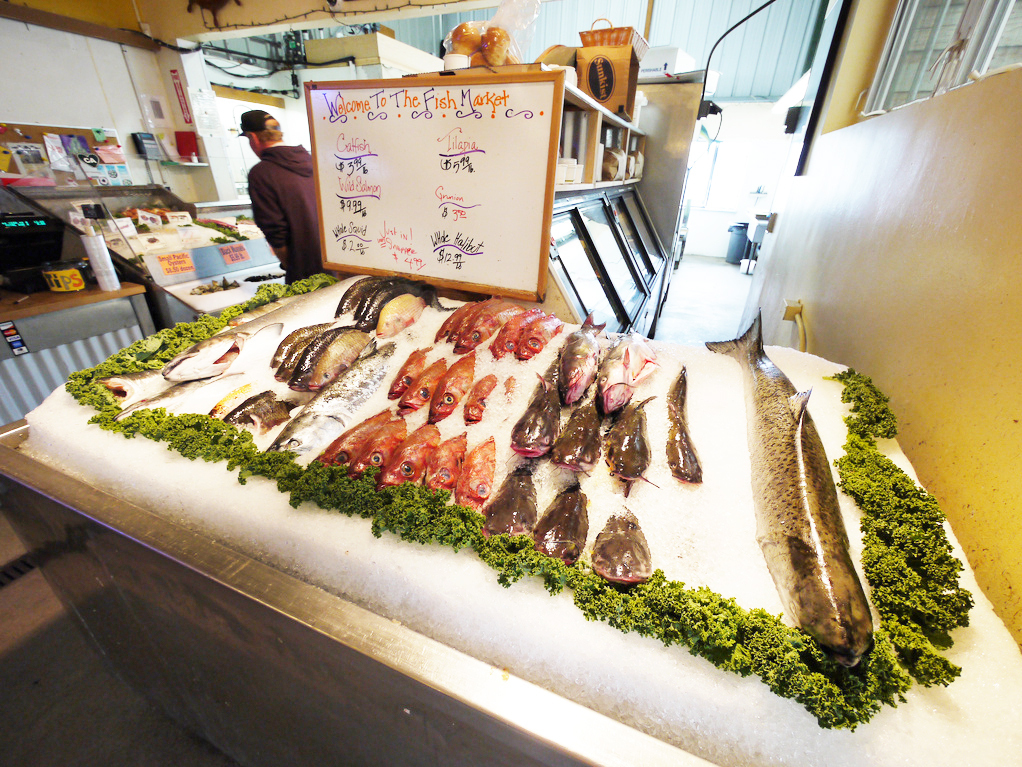
7. The Crimes Behind Seafood on Your Table
In a stunning piece in this week’s magazine—also available online in an immersive digital format that incorporates photography, video, and other interactive features—Urbina shares the story of two young men from Indonesia, whose experiences aboard a Chinese squid ship called the Zhen Fa 7 were typical of a wider global scandal.
“Recruiters often target desperate men in inland China and in poor countries,” frequently confiscating their passports and forcing them into a form of debt bondage by charging excessive upfront fees that are later deducted from their paychecks, Urbina writes. At sea, deckhands suffer malnutrition and dangerous working conditions, and are cut off from the world for months at a time, denied the chance to contact loved ones.
“It’s like being isolated from the world and far from modern life,” one worker explains. Another offers an ever starker assessment: “It’s like we’re in a cage.”
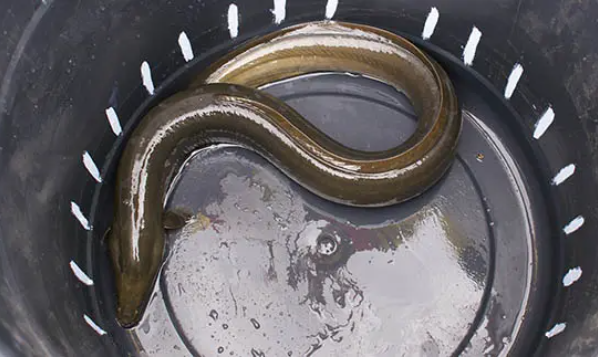
8. CITES Protected Endangered European Eels Identified Via DNA – Huge Fine Levied in Canada
Between November 2016 and January 2018, shipping containers declared as American Eel fillets were imported into Canada.
However, Environment and Climate Change Canada enforcement officers discovered, through sampling and DNA analysis, European Eel meat mixed with the legally imported American Eel meat in all five containers. European Eel is listed in Appendix II of the Convention on International Trade in Endangered Species of Wild Fauna and Flora (CITES) and must be accompanied by a permit to be lawfully imported into Canada.
Zhou Hong Xia was charged with one count of importing five shipping containers containing CITES-listed species without a permit. The company was also charged with one count of importing one of the five shipping containers containing CITES-listed species without a permit, a contravention of subsection 6(2) of WAPPRIITA.
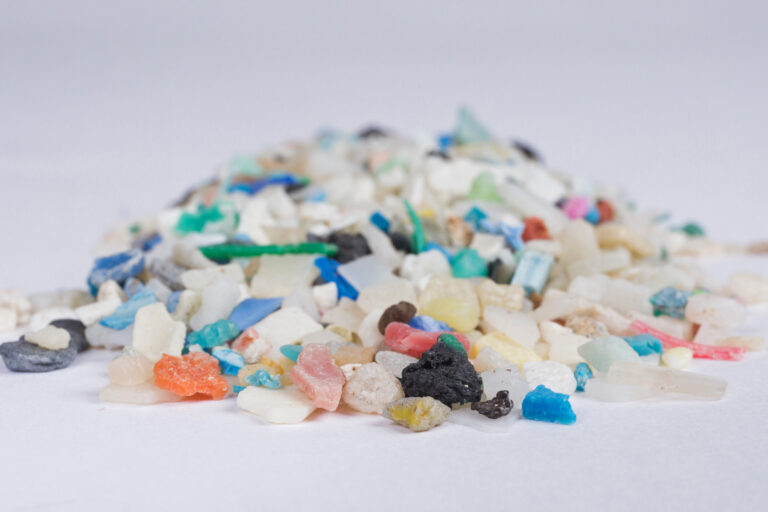
9. Microplastics Pose Risk to Ocean Plankton, Climate, Other Key Earth Systems
Plastics, along with other synthetic chemicals and pollutants dubbed “novel entities” by scientists, are considered a threat to the stability of Earth’s operating system because of their persistence in the environment and potential toxicity to humans and wildlife —with the harm done to biodiversity in turn altering life-giving geophysical processes.
The production and release of vast amounts of plastic into marine ecosystems is now being recognized as a key potential threat to environmental stability as defined by the Planetary Boundaries framework.
That theory attempts to quantify nine Earth system thresholds that humanity cannot transgress without risking life as we know it. Research is also showing that plastics, via their impact on microscopic ocean life, may have knock-on effects, destabilizing three other critical boundaries, including ocean acidification, climate change, and biogeochemical flows of nitrogen.
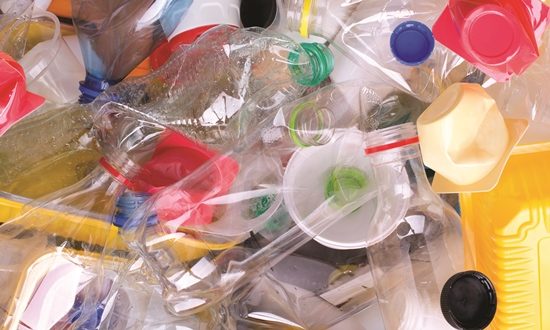
10. Plastic Policies Across Southeast Asia: How to Adapt Business to Counteract
The world of plastics packaging is at a critical juncture. While pressure from consumers has continued to accelerate, legislative levers are pushing toward action both regionally and internationally. In June, 175 nations agreed to develop a legally binding document on plastic pollution by 2024. Meanwhile, in Southeast Asia, ASEAN governments are moving rapidly on Extended Producer Responsibility (EPR) implementation, prompted by global media attention to the plastic pollution crisis in the region.
In this context, companies must adapt rapidly, working to measure plastic footprints, set ambitious but achievable targets, and implement changes to packaging supply chains. This blog post unpacks the challenges and opportunities presented by the recent wave in plastic packaging-focused regulation in Southeast Asia and brings you our insights into the best steps forward to achieve compliance and act on plastic effectively.
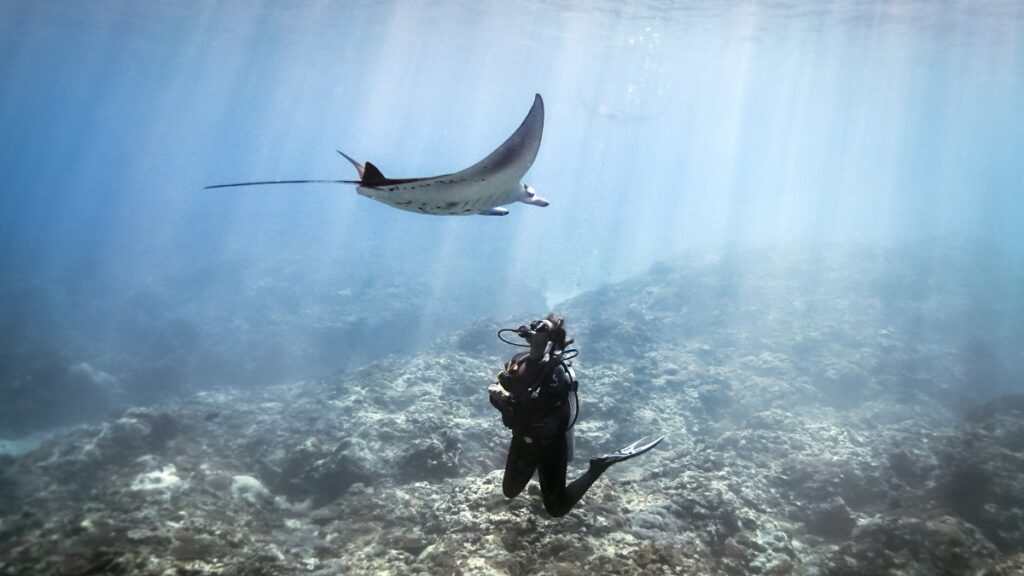
11. Conservation: Indonesian Sharks Must Be Technologically Caught
The effective oversight of trade is limited to easily identifiable species. Recent efforts of these authorities underscore a collective determination to safeguard these vital marine species (sharks) from the precipice of extinction. Amidst these trials, a glimmer of hope emanates from the convergence of science and technology. The advent of DNA-based diagnostic tools has catalyzed breakthroughs in the realm of wildlife identification, led by the FASTFISH-ID method.
A cutting-edge real-time PCR (polymerase chain reaction) technique, FASTFISH-ID provides a rapid and portable avenue for species identification. This novel approach harnesses fluorescent probes to pinpoint specific genetic markers within the DNA, working in tandem with the amplification of a universal DNA barcode segment. The result is the creation of unique fluorescent signatures, individual to each species. Subsequently, a real-time PCR machine scrutinizes these signatures, equipping researchers and conservationists with the ability to identify species with remarkable precision.
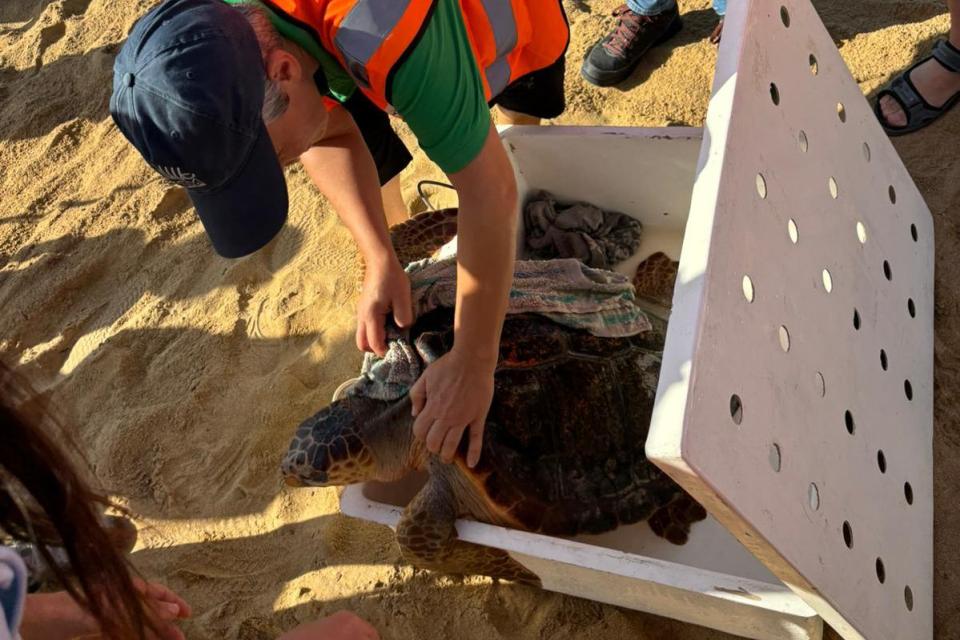
12. Turtle Release Underscores Increased Threat of Plastics to Marine Reptiles
Nadia and Maria, two juvenile turtles, were released back into the wild on Tuesday after almost two months of treatment at the Wildlife Rehab Centre project. Nadia was rescued on August 4 when she was found floating on the surface with a hook in her mouth, while Maria was rescued on August 20 after ingesting lots of plastics.
She also had several old scars from past injuries. ERA CEO Kevin Mercieca said the authority is developing policies intended to reduce as much plastic waste as possible through updated legislation – namely the ban on the importation and sale of single-use plastics on the local market and many other measures covered under the Single Use Plastic Strategy for Malta 2020-2030. “This goes hand in hand with other waste-related initiatives intended to reduce waste in general, such as the mandatory waste separation regulations introduced in April.
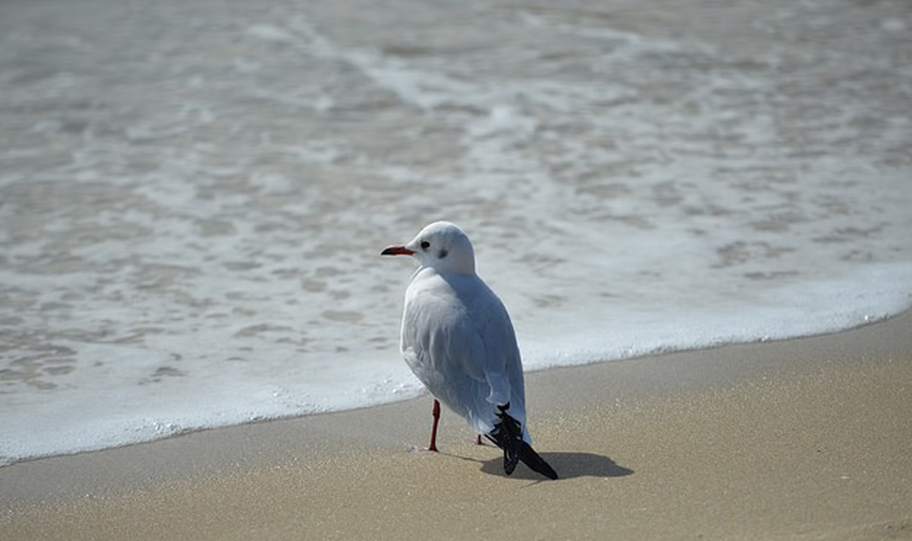
13. Debt Sold by Credit Suisse, BofA: ‘Blue’ Bonds Not so Blue?
Environmental, social, and governance (ESG) bonds tied to debt swaps arranged by Credit Suisse and Bank of America are being reclassified by the fund managers buying them. It’s a move they said is needed to protect their investment clients from mislabelling. The ESG debt in question – known as blue bonds – was offered by the two banks in connection with debt-for-nature swaps.
The bonds’ proceeds were used to help governments refinance existing obligations, in exchange for marine conservation commitments. Stephen Liberatore, head of ESG and impact, global fixed income at Nuveen, said that when bonds are marketed as “blue” or “green”, investors expect all the proceeds to go towards environmental projects. Nuveen, a major investor in bonds marketed as blue in connection with debt-for-nature swaps, put the instruments it bought into portfolios that are “environmentally focused” because “they’re not blue-bond specific and they’re not green-bond specific”.

14. 2023 IUCN Leaders Drive Action to Halt Nature Loss
This second IUCN Leaders Forum offers a crucial platform to fuel ambition, rally action, and garner commitments from diverse stakeholders, advancing the Kunming-Montreal Global Biodiversity Framework.
Dr. Grethel Aguilar, IUCN Acting Director General, expressed enthusiasm, highlighting the goal to integrate biodiversity and climate agendas before the 2023 United Nations Climate Change Conference, COP28. The aim is to achieve a nature-positive future with IUCN offering support to governments and the private sector. The three-day event, with 75+ high-level speakers and 400 participants globally, will unite experts, government and business representatives, Indigenous peoples, youth, and local communities.
Key discussions encompass societal transformation, financing strategies, progress measurement towards a nature-positive world, risks, and opportunities tied to nature loss, Nature-based Solutions, green jobs, and leveraging cities and tourism to implement the Global Biodiversity Framework. Furthermore, young leaders and entrepreneurs will present innovative biodiversity solutions.
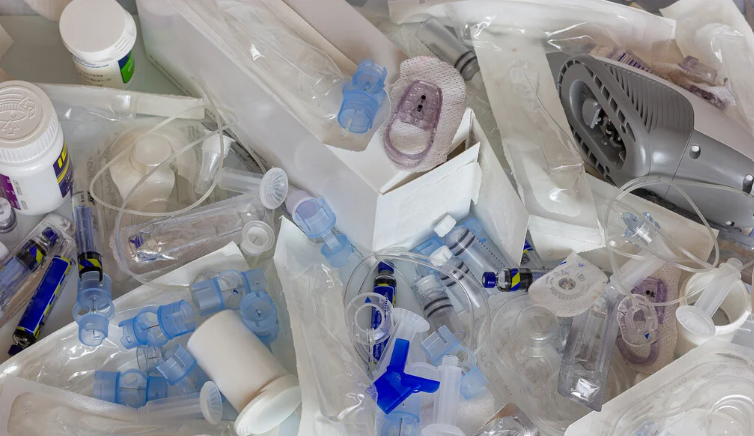
15. Health Care Industry Requires “Plastics Emergency Responce”
To Jodi Sherman’s way of thinking, the Hippocratic Oath’s vow of doing no harm includes doing no harm to the planet — particularly when it comes to the sea of single-use plastic flooding the healthcare industry. What are your suggestions for addressing the problem? Sherman: First, reform our national infection prevention guidelines because they don’t address whether one ought to use reusables or disposables, and in which circumstances.
Second, update our reporting standards for infections relating to single-use and disposable devices. There is a national system for reporting medical device-related complications, but it doesn’t adequately capture information about infections. Third, incentivize industry, through the Food and Drug Administration, the Centers for Medicare & Medicaid Services, and oversight bodies to prioritize reusable design and innovation, and encourage uptake by end users.
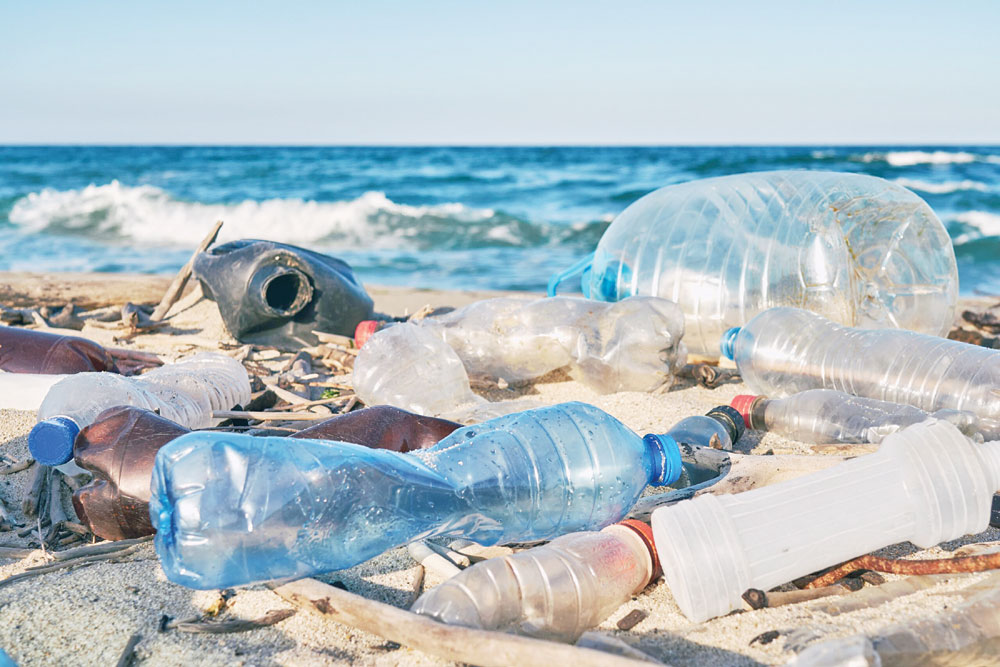
16. Plastic Pollution Plaguing the Bay of Bengal
It is alarming that our Bay of Bengal is bearing the brunt of plastic pollution causing a grave concern for life, livelihoods, and biodiversity. A recent study conducted by Enhanced Coastal Fisheries (ECOFISHBD) in Bangladesh has found that every year around 15 tons of non-biodegradable waste such as plastic bags, bottles, and polythene bags are dumped into the sea by fishermen of Patuakhali only.
Some claim that we would not face such a catastrophe of plastic plague in the Bay of Bengal if the authorities implemented the decision to ban polythene bags. The decision to ban all sorts of single-use polythene bags was taken in 2002 and again, in 2010 as the country adopted the Jute Packaging Act to promote alternative packaging. Policy implementation is still confined to rhetoric. The question is pertinent to raise; how far we have been relieved of plastic pollution?
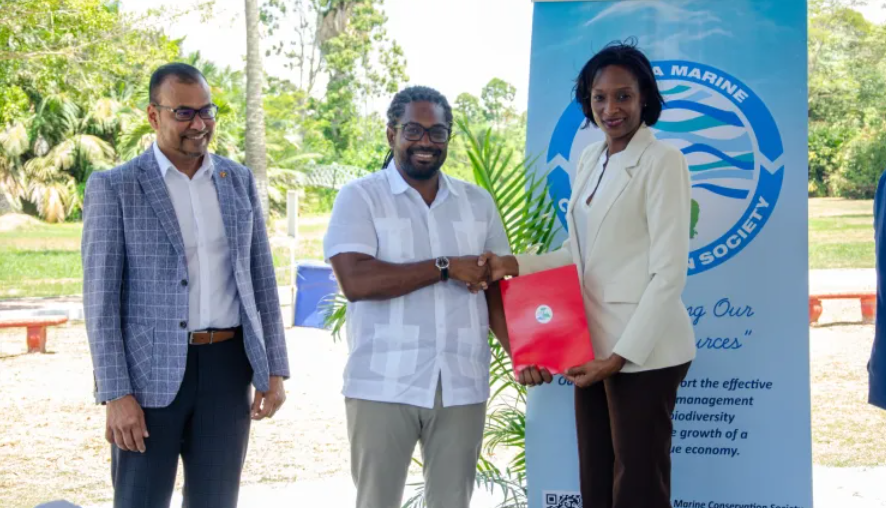
17. Guyana – Agreement Promotes Eco-Systems Safety at Tourist Sites
The Protected Areas Commission (PAC) signed two Memoranda of Understanding with stakeholders to further protect Guyana’s ecosystems at tourist sites across the country. The agreements between the PAC, the Guyana Marine Conservation Society (GMCS), and the Tourism and Hospitality Association of Guyana (THAG) are important because many tourists visit Guyana for the pristine natural attractions and ecosystems.
The GMCS MoU will focus on developing a partnership to support PAC in the implementation of its strategic plan in areas of mangrove and marine ecosystems; the MoU with THAG will seek to promote sustainable tourism development in Guyana’s protected areas by fostering professionalism and ensuring quality service. Therefore, more stakeholders will be working to maintain the ecosystems at tourist sites and communities.
The low carbon development strategy is a commitment by Guyana to preserve the forest which traps harmful greenhouse gas emissions amid the country’s development.
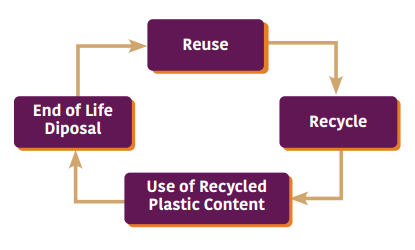
18. India – Plastic Packaging 100% Collection Ambitious Plan – ‘Polluter Pays’
India is one of the highest plastic waste generators in the world. The Ministry of Environment, Forest and Climate Change (“MoEF”) notified the Plastic Waste Management Rules, 20161, as amended from time to time (“Rules”), to ensure scientific management of plastic waste. MoEF in 2022 introduced the detailed framework for implementation of extended producer responsibility by companies in India.
The key points are: Extended Producer Responsibility (“EPR”) means the responsibility of a producer for the environmentally sound management of the product until the end of its life and which includes: Reuse, Recycle, Use of Recycled Plastic Content, and End of Life Disposal. Who does it apply to? Producers (engaged in manufacture using plastic sheets for wrapping commodities, Importer (importing plastic packaging products), Brand Owners/Retailers (selling commodities), and Plastic Waste Processor (recyclers engaged in converting waste into energy).
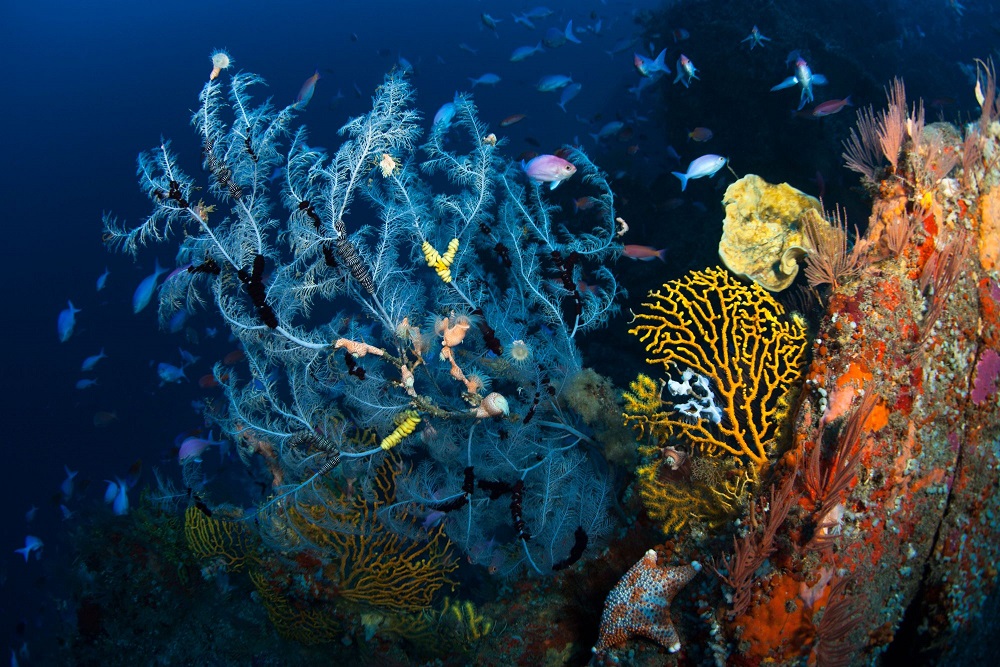
19. New Zealand: Marine Management Change Supports Deep-Sea Coral Study
Changing the way of management of New Zealand’s oceans could save its biodiverse-rich, critically endangered deep-water coral, according to a study published on Tuesday in the Journal of Environmental Management. New Zealand is a biodiversity hotspot for deepwater coral as about one-sixth of the known deep-water coral species of the world have been recorded in the country’s waters.
The findings show that bottom trawling impacts all coral taxa, particularly reef-forming corals. Habitats will also decline in the future due to a changing climate, Stephenson said, adding spatial marine protection is unlikely to provide enough conservation for deep-water corals in the future, due to shifts associated with climate change and fishing. The research identifies new areas for spatial marine protection that can protect corals against a changing climate while still giving refuge to current populations, Stephenson said.
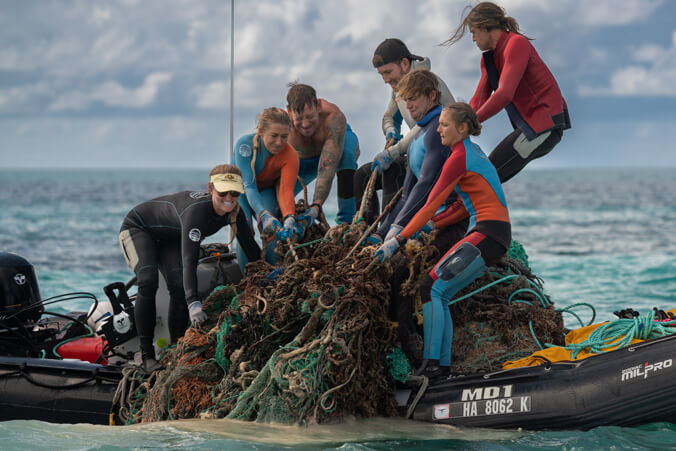
20. 126K Pounds of Marine Debris Removed, Sea Turtles Rescued at PapahānaumokuĀkea
Freedivers from the Papahānaumokuākea Marine Debris Project (PMDP) finished a 28-day cleanup expedition to the Papahānaumokuākea Marine National Monument (the Northwestern Hawaiian Islands) removing a total of 126,310 lbs of marine debris. This was PMDP’s second large-scale effort in 2023, with a previous expedition completed in July.
The team encountered seven live green sea turtles that had become entangled in ghost nets, including three adults trapped in the same net. Fortunately, they were able to free all seven turtles. PMDP conducts multiple annual cleanup expeditions to the remote Hawaiian islands, reefs, and atolls of Papahānaumokuākea to reduce the risk of entanglement for many species of protected wildlife, mitigate coral reef damage, and minimize the risk of plastic ingestion for seabirds.
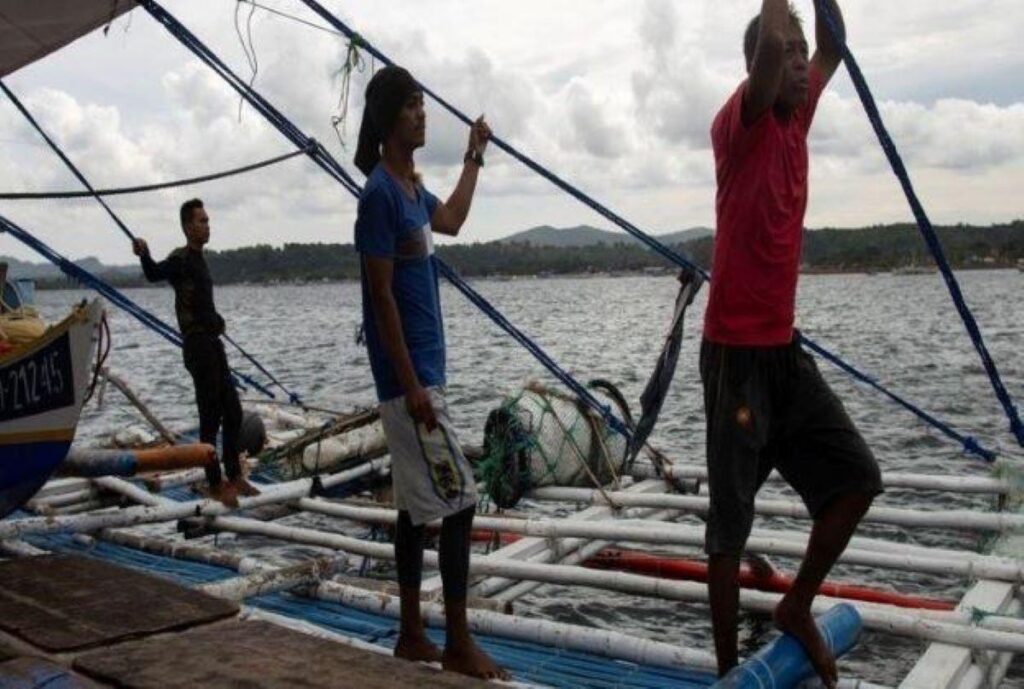
21. Fishing Vessel Operators Claim VMS Will Expose Galunggong ‘Trade Secret’
This article discusses Galunggong, also known as “Round Scad” which is a staple fish in the Philipines. The three private firms operating commercial fishing vessels said Tuesday that the government order mandating the installation of a vessel monitoring system (VMS) on commercial fishing vessels will expose trade secrets, particularly in catching galunggong.
The lawyer of the firms opposing Fishing Administrative Order (FAO) 266 said that the monitoring scheme will disclose what particular time of the day they caught the particular fish such as galunggong. For tuna fishing, there are migratory pathways so there is not much trade secret to that. In galunggong, [vessel] operators have to determine where the schools of galunggong are,” said Atty.
Arnold Naval, counsel for Royale Fishing Corp., Bonanza Fishing and Market Resources, Inc., and RBL Fishing Corporation during the oral arguments on the pending Supreme Court case.
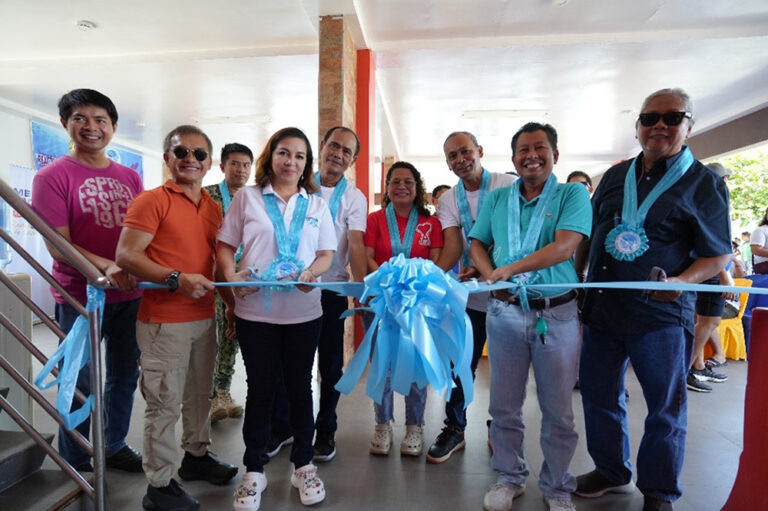
22. Bantangas, Philippines – Shore It Up (SIU) to Preserve Local Marine Ecosystems
Shore It Up (SIU), the flagship corporate social responsibility project of Metro Pacific Investments Corporation (MPIC), has recently partnered with the municipality of Mabini, Batangas in the ongoing efforts to conserve and protect the coastal and marine environment. To provide substantial support for this initiative, Metro Pacific Investments Foundation (MPIF), has pledged a generous allocation of P1.5 million over a span of three years.
These funds will cover a range of critical aspects, including training, allowances, uniforms, equipment, and logistical support, all of which are essential for the successful implementation of the MPIC Guardians program in Mabini. As part of its multifaceted approach to environmental conservation, SIU inaugurated the Coastal Resource Management Office (CRMO) in Mabini. This facility will enable the holistic management and preservation of coastal resources, serving as a focal point for community engagement and awareness.
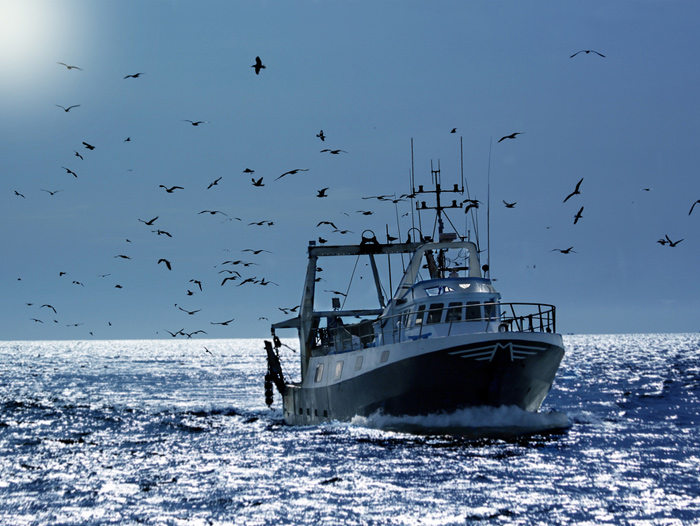
23. Biloxi, Mississippi – More Areas for Commercial and Recreational Shrimping Reopen
In addition to waters previously opened to shrimping on May 22, 2023, all waters south and west of a line beginning at Beacon “18” in the Biloxi Bay Channel, running northwesterly to Beacon “22” in the Biloxi Bay Channel, northwesterly to Beacon “26” in the Biloxi Bay Channel, westerly to Beacon “34” (exclusive of the Biloxi Channel itself), westerly to Beacon “30” in the Biloxi Channel (exclusive of the Biloxi Channel itself) and then due south to a point on Deer Island are hereby declared and ordered opened as of 6 a.m. on Saturday, October 7, 2023, for shrimping as provided by law and the regulations of the Mississippi Department of Marine Resources. Shrimp season shall close at 11:59 p.m. on December 31, 2023, except south of the Intracoastal Waterway.




